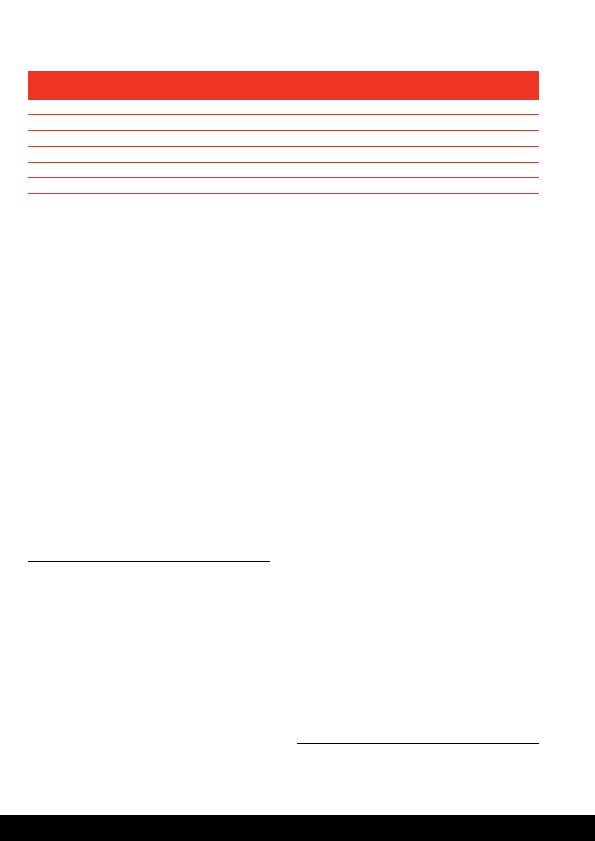
interventions such as mental health support.
the equivalent of 4.3 days in prison.
which is around half of what we spend on a
single prison bed, every day.
that address some of the causes of offending
are considerable. For example, based on NSW
data, the National Indigenous Drug and Alcohol
Committee found that for Indigenous prisoners:
compared with prison are $111,458 per offender.
rehabilitation services are substantially cheaper
than prison. Diversion would lead to substantial
savings per offender of $96,446, based on a cost
of community residential rehabilitation treatment
of $18,385 per offender). Even if the high side
estimate of the cost per offender for residential
Total net operating expenditure and capital costs 2011-
12. Productivity Commission, `Government Services
2013', above n 580, Corrective Services Table 8A.38.
National Indigenous Drug and Alcohol Committee,
above n 487, 51.
National average cost per patient day. Australian
Institute of Health and Welfare, Expenditure on Mental
Heath Services (2012) 3. <http://mhsa.aihw.gov.au/
resources/expenditure/> at 18 July 2013.
The 2011-12 budget allocation for Wulgunggo Ngalu
Learning Place was $955,000. It accommodates up to
20 men, representing an annual unit cost of $47,750 for
a full year. State of Victoria, Corrections Victoria, `AJA2
Progress Report: 1 January - 30 June 2012' (Tabled at
Aboriginal Justice Forum, November 2012).
Recurrent costs per client accessing homelessness
services 2011-12. Productivity Commission,
`Government Services 2013', above n 580,
Homelessness Services Table 17A.16.
Australian Institute of Health and Welfare, `Expenditure
on Mental Health', above n 591, 2.
saving would still be substantial at around $81,000.
with better outcomes compared with prison lower
recidivism rates and better health outcomes, and thus
savings in health system costs. The savings associated
with these additional benefits of community residential
treatment are approximately $15,012 per offender.
associated with lower mortality and better
health-related quality of life. In monetary
terms, these non-financial benefits have been
estimated at $92,759 per offender".
and address the person's causes of offending, the
more significant the savings. This is not just because
early intervention and prevention services are
cheaper. It is also because of the whole of lifetime/
government costs that are generated once a Koori
woman gets on the pathway to prison.
justice system is economically inefficient. Recent
modelling by the University of NSW found that the
institutional costs of a female Aboriginal offender
in NSW with a history of homelessness, drug and
alcohol misuse, family violence and mental illness
to be in the order of $1,118,126.
of-home care or kinship care (formal or informal)
that often occurs when a mother serves a term
of imprisonment. Many of the prisoners we
interviewed for our research had a long history of
contact with child protection, often as children and
then as mothers. A number had children living with
relatives in informal arrangements (a hidden cost).
National Indigenous Drug and Alcohol Committee,
above n 487,6.
Eileen Baldry et al, `Costs of Homelessness', above n
17, 47-49.